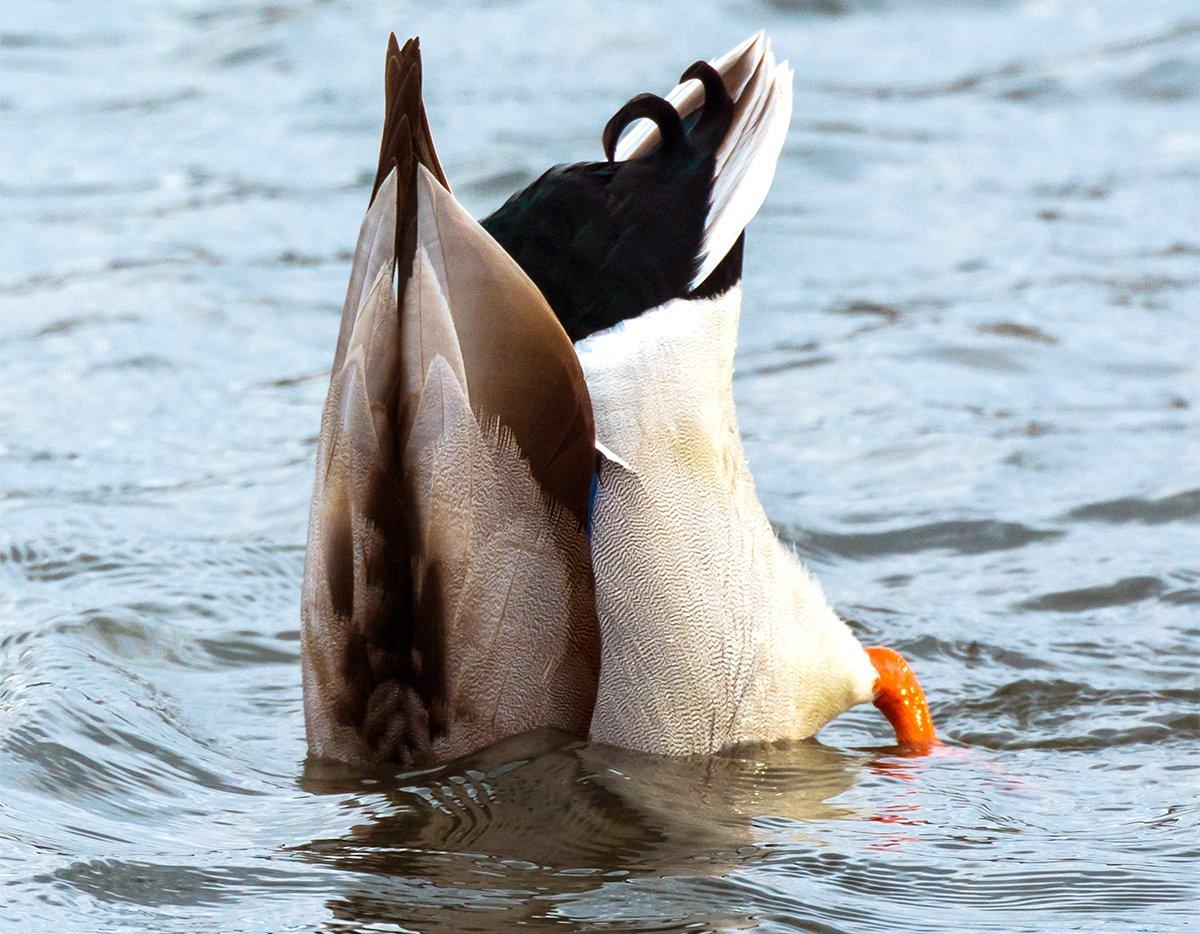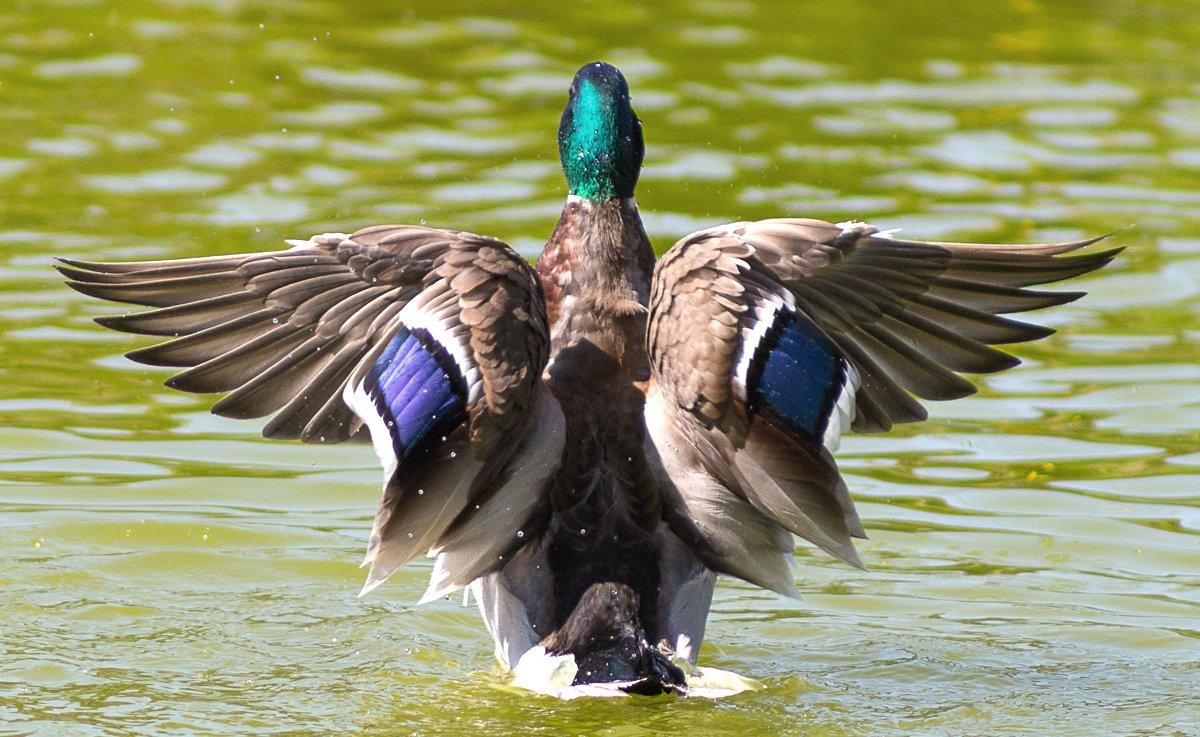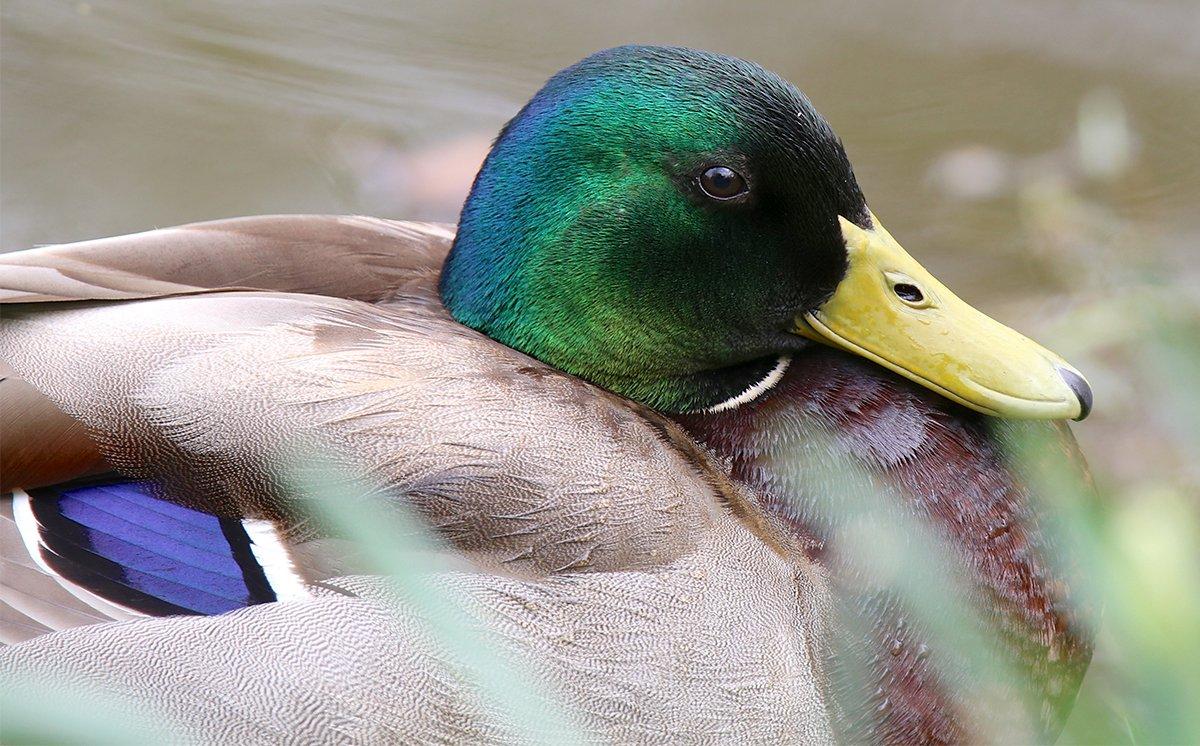Which States Boast the Top Mallard Harvest? You Might Be Surprised
Hardcore duck hunters always seek the best locations, especially when it comes to mallards. Often, they debate the merits of one region or state versus another.
Arguments are fun, but what do the numbers say? We recently perused mallard harvest data in the U.S. Fish and Wildlife Service's Migratory Bird Hunting Activity and Harvest During the 2014-'15 and 2015-'16 Hunting Seasons report to identify the top greenhead states for the 2015-'16 season. And those estimates, derived via Migratory Bird Hunter Surveys through the Branch of Harvest Surveys reveal some interesting information.
Before you start to question the numbers, remember that they're estimates. And keep in mind that harvest numbers for hardy ducks such as mallards often vary considerably from year to year depending on weather conditions, especially in Southern states.
Those caveats aside, it's fun to review the statistics and see the surprises they reveal.
Click here for more Realtree waterfowl hunting content. And check us out on Facebook.
Surprised? I was, though I probably shouldn't be. Montana has a well-deserved reputation for quality waterfowling. Hunters took advantage during 2015-'16 to shoot about 143,050 mallards, beating out other perpetual Northern heavyweights such as Wisconsin, Minnesota and Michigan. Actually, mallards comprised almost 78 percent of Montana's estimated total duck harvest of 183,600.
Photo © Xpixel/Shutterstock

Yeah, everyone probably guessed this one. When you picture prairie corn fields and early-November cold frontsyou likely think of North Dakota. It's a major production state and gets great migrant mallard flights from Canada. Therefore, it's not difficult to imagine how Peace Garden State hunters took an estimated 189,295 mallards in 2015-'16.
Photo © Shaftinaction/Shutterstock

Um … seriously? I know Washington is a fantastic waterfowl state (just read M.D. Johnson's Pacific Flyway Reports on Realtree.com), but I always envision hunters there filling up on wigeon, pintails and divers.
So much for baseless assumptions. Evergreen State waterfowlers shot a whopping estimated 219,729 mallards in 2015-'16. And don't feel too bad for the pintail, wigeon and diver crowd. State hunters also took about 225,371 other ducks, for an outstanding estimated total harvest of 445,100.
Photo © Sandi Cullifer/Shutterstock

Hmm. Big bucks and heavyweight gobblers, sure. But 234,387 mallards in 2015-'16? Yep. Apparently, the Show Me State is a greenhead titan.
That shouldn't come as a shock for a state where the Mississippi and Missouri rivers converge, funneling countless ducks and geese during the annual fall migration. What is surprising is that Missouri's 2015-'16 harvest was actually down about 8 percent from the massive 2014-'15 mallard harvest estimate of 255,007. Can you say destination?
Photo © J. Peacock_Photography/Shutterstock

OK, that's pretty anti-climactic, as Arkansas' rice fields and flooded timber are almost synonymous with late-season mallard shooting. Still, the numbers are impressive: Natural State waterfowlers shot an estimated 501,555 mallards in 2015-'16. That's more than twice as many as the entire Atlantic Flyway total.
One final note: Some hunters probably wonder where Louisiana ranked on this list. Not very high, actually, as harvest estimates indicate hunters there shot just 38,490 mallards during 2015-'16. But remember, 2015 was a warm fall with a classic trickle migration. In 2014-'15, when cold weather struck the North early and stayed, Louisiana hunters shot about 126,396 mallards.
Photo © Vagabond54/Shutterstock






